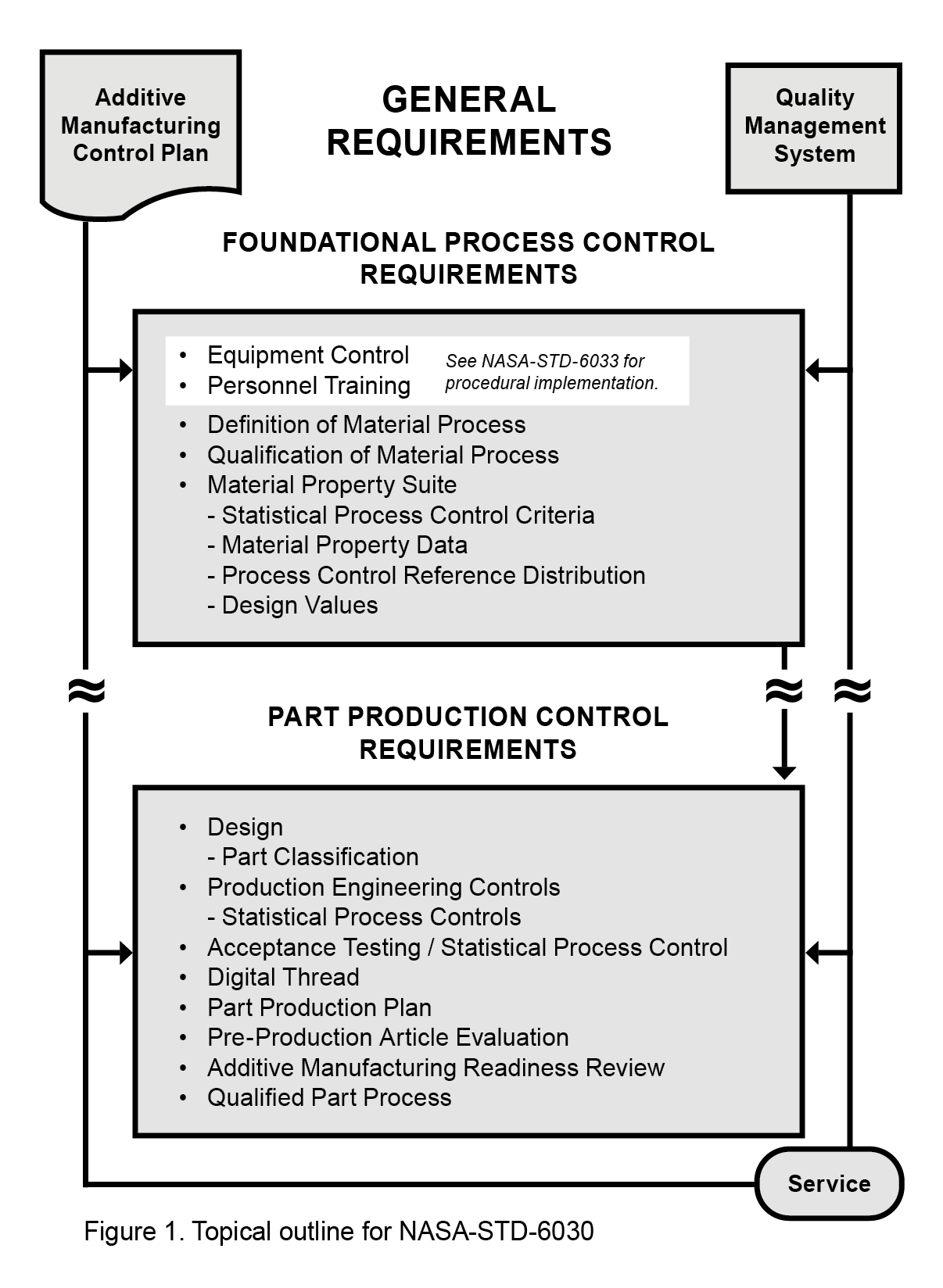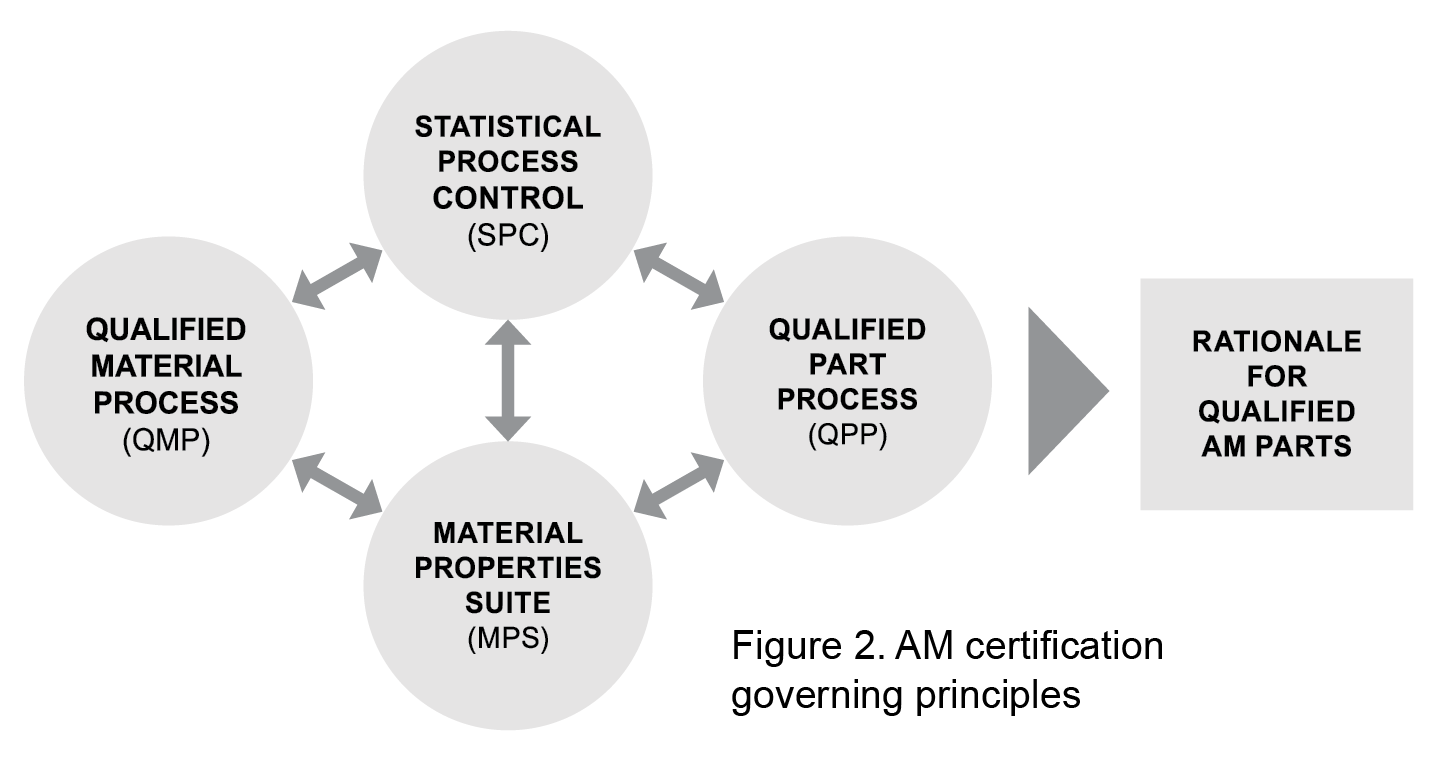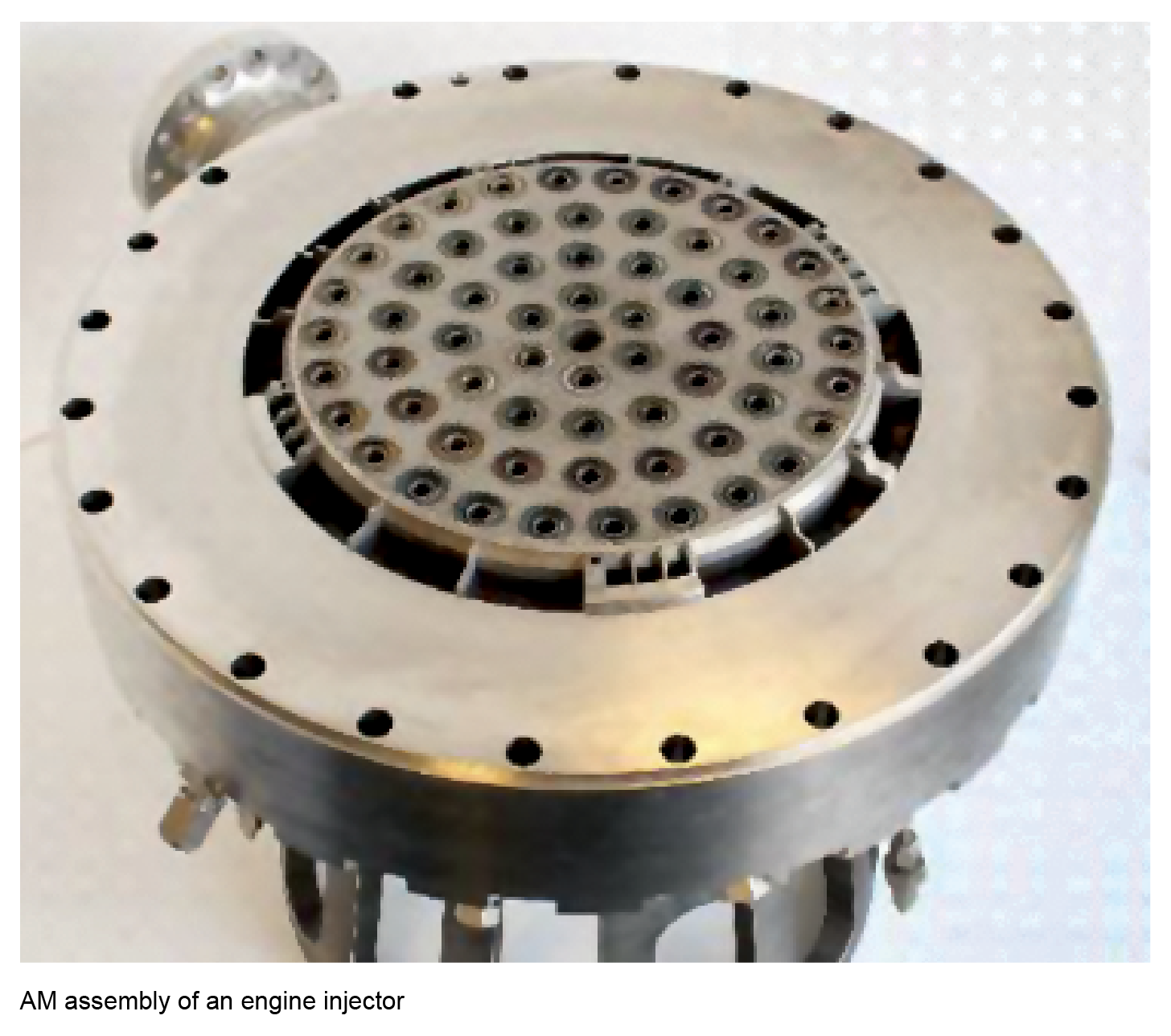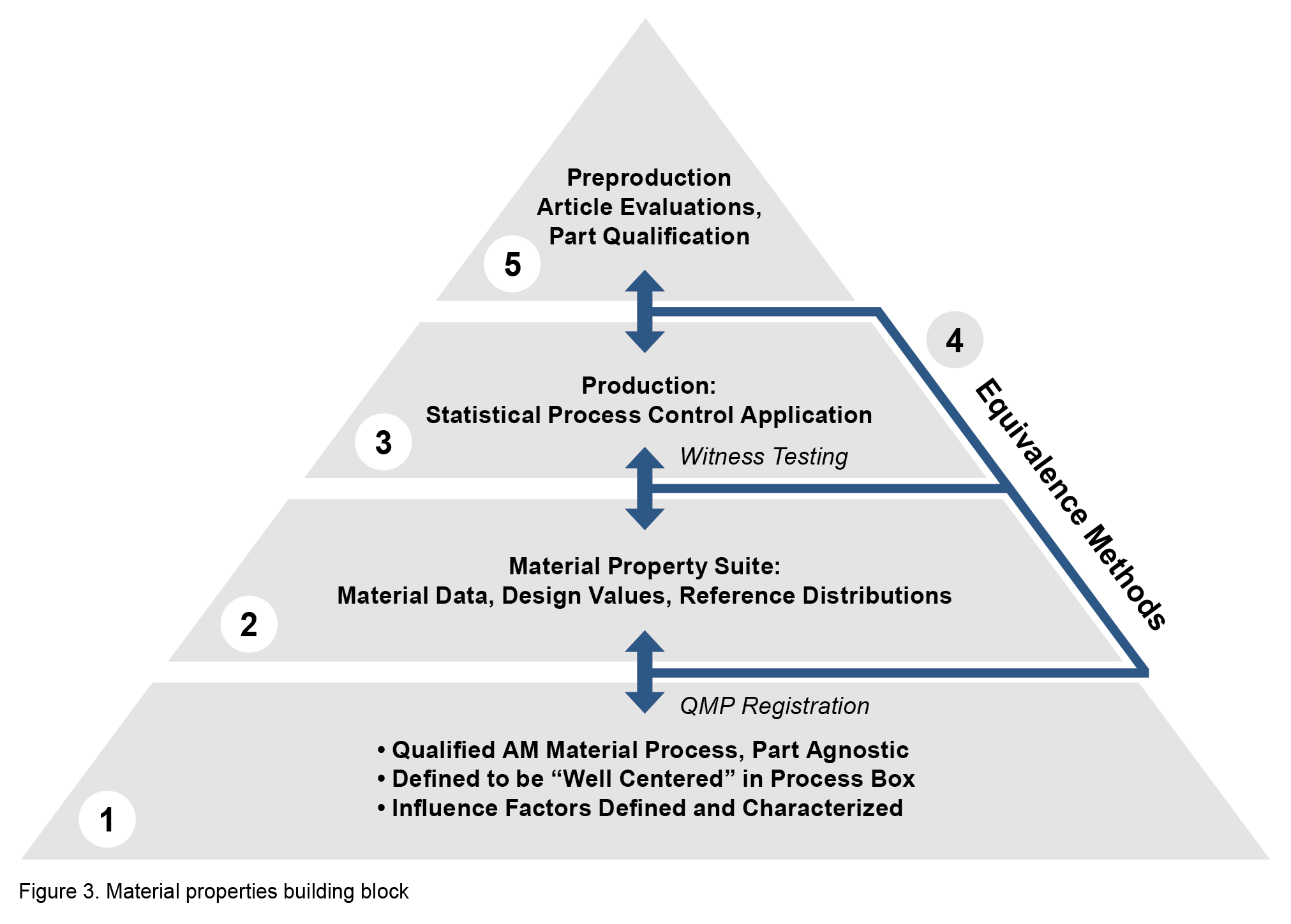This article is from the 2021 NESC Technical Update.
Additive manufacturing (AM) is one of the biggest opportunities for NASA and commercial industry to reduce cost and schedule while enabling new mission capabilities for space exploration and advanced aeronautics applications. Under the leadership of the NESC Materials Technical Discipline Team, NASA has recently released two technical standards: NASA-STD-6030, Additive Manufacturing Requirements for Crew Spacecraft Systems, and NASA-STD-6033, Additive Manufacturing Requirements for Equipment and Facilities Control. These documents together provide the Agency with the framework for advanced AM programs and for the development and manufacture of hardware produced using AM technologies. Also, the implementation of these standards will have a profound and immediate impact within the additive manufacturing industry. The technical requirements will be cited in contract, program, and other Agency documents for AM processes used in the design, fabrication, and testing of all NASA space program flight hardware including crewed spaceflight hardware.
Building upon MSFC Center-level standards, these documents fill a void in the Agency-level standards regarding the integration of AM into spaceflight hardware. Because of the urgent need and complexity of spaceflight hardware, NASA could not wait for other national standard organizations to develop the standard. The development of these standards is a generational accomplishment and the result of more than 10 years of research and development based on integration across disciplines and foundational understanding of design, materials, processes, equipment, and part properties/performance. Producing these standards required substantial effort to address many difficult qualification challenges for fracture-critical applications in AM to produce sufficient confidence for industry-wide adoption. Hence, the core NESC-led team intentionally involved numerous government entities and experts from around the world to study the implementation and deployment strategy of AM.
NASA-STD-6030 begins with the general requirements for an AM Control Plan (AMCP), which along with a Quality Management System (QMS), forms the backbone that defines and guides the engineering and production practices. As shown in Figure 1, the requirements of NASA-STD-6030 fall into two categories. The first, foundational process control, includes the requirements for AM processes that provide the basis for reliable part design and production. These include qualification of material processes, equipment controls, personnel training, and material property development. The second category, part production control, consists of requirements typical of many aerospace operations and includes design and assessment controls, part production plans (PPP), preproduction article processes, and AM production controls.
Equipment control and trained operators are key foundational controls required by these NASA Technical Standards and are implemented through NASA-STD-6033. Being essential aspects of any successful AM operation, plans are required to define how controls are implemented. An Equipment and Facility Control Plan (EFCP), the basic contents of which are covered in NASA-STD-6033, is developed and maintained by any facility producing AM parts. The EFCP sets and enforces the requirements for qualification, maintenance, and calibration activities on AM machines and associated equipment. NASA-STD-6033 also defines acceptable personnel training protocols to be implemented and tracked through QMS records.
The interaction of the key aspects of an AM plan are shown in Figure 2. The left-most circle illustrates the fundamental importance of always beginning with a qualified material process (QMP). The QMP will ensure a consistent process using specified controls of the raw material feedstock and an evaluation of the process capability for each AM machine, all which are documented in a configuration controlled QMP record. The QMP uses data from machine qualification, monitored by process control metrics and SPC, which all feed into the material properties suite (MPS) and documentation of material properties.
The MPS concept includes three entities: a material property database; a subset of that database used to derive and implement a Process Control Reference Distribution (PCRD), which provides SPC criteria for witness test evaluation; and a maintained set of material allowables and design values for part design. Integrating simple SPC concepts to monitor the process and substantiate the integrity of material allowables is a unique aspect of NASA-STD-6030 and is necessary given the process-sensitive nature of AM. Figure 3 outlines how the QMP becomes the foundation for the establishment of the MPS, which along with SPC leads to part qualification.
The PPP documents the rationale for, and the implementation of, the production methodology, including such items as the part build orientation, associated QMP, witness test requirements, inspection methods and limitations, and proof-testing methodology. The PPP is a deliverable product requiring NASA approval prior to proceeding into production; the PPP needs to convey succinctly the full design and production intent of the part. Once approved, the combination of drawing and PPP serve as the basis for establishing the complete engineering production controls. Once a pre-production article is manufactured and found to meet requirements, the Qualified Part Process is established, and production of flight parts can begin.
This accomplishment will have a direct and significant impact within the aerospace AM community and an even wider impact to worldwide standardization, qualification, and certification in other commercial/industrial sectors. For more information, contact richard.w.russell@nasa.gov, alison.m.park@nasa.gov, douglas.n.wells@nasa.gov, and brian.m.west@nasa.gov.
Further Reading – Additive Manufacturing Overview
Additive Manufacturing has begun to revolutionize much of the aerospace design and manufacturing paradigm.
The process of building parts incrementally, layer by layer, reduces costs, enables new designs, and challenges the order of the traditional aerospace hardware development cycle. For existing designs, AM offers a unique ability to substantially reduce the cost of manufacturing complex hardware, particularly in the limited quantities common to spaceflight applications. For new designs, the high cost and lead time associated with production of complex development hardware by conventional processing have moved the industry to near-complete reliance on meticulous analysis to mitigate the programmatic impact of test failures. With the advent of AM processing, prototype hardware designs will be iterated with minimal cost and impact to schedule, restoring the role of systematic, incremental development testing for aerospace systems.
The unique strengths of the AM process have motivated the spaceflight industry to lead in the application of AM technology. The greatest challenge associated with the implementation of AM in aerospace systems lies not in changing paradigms, but in the safe implementation of a new and rapidly changing technology. Compared to most structural material processes, the brevity in the timeline for AM implementation, from invention to commercialization to critical application, is unprecedented.
Source: Douglas N. Wells, MSFC































